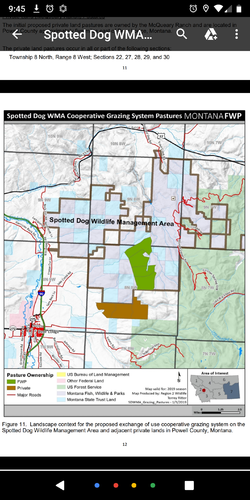406LIFE
Well-known member
- Joined
- Aug 18, 2016
- Messages
- 3,128
Here is link: https://www.backcountryhunters.org/montana_bha_comments_on_spotted_dog_wma_grazing
Wondering what the collective here thinks about this.
Wondering what the collective here thinks about this.





